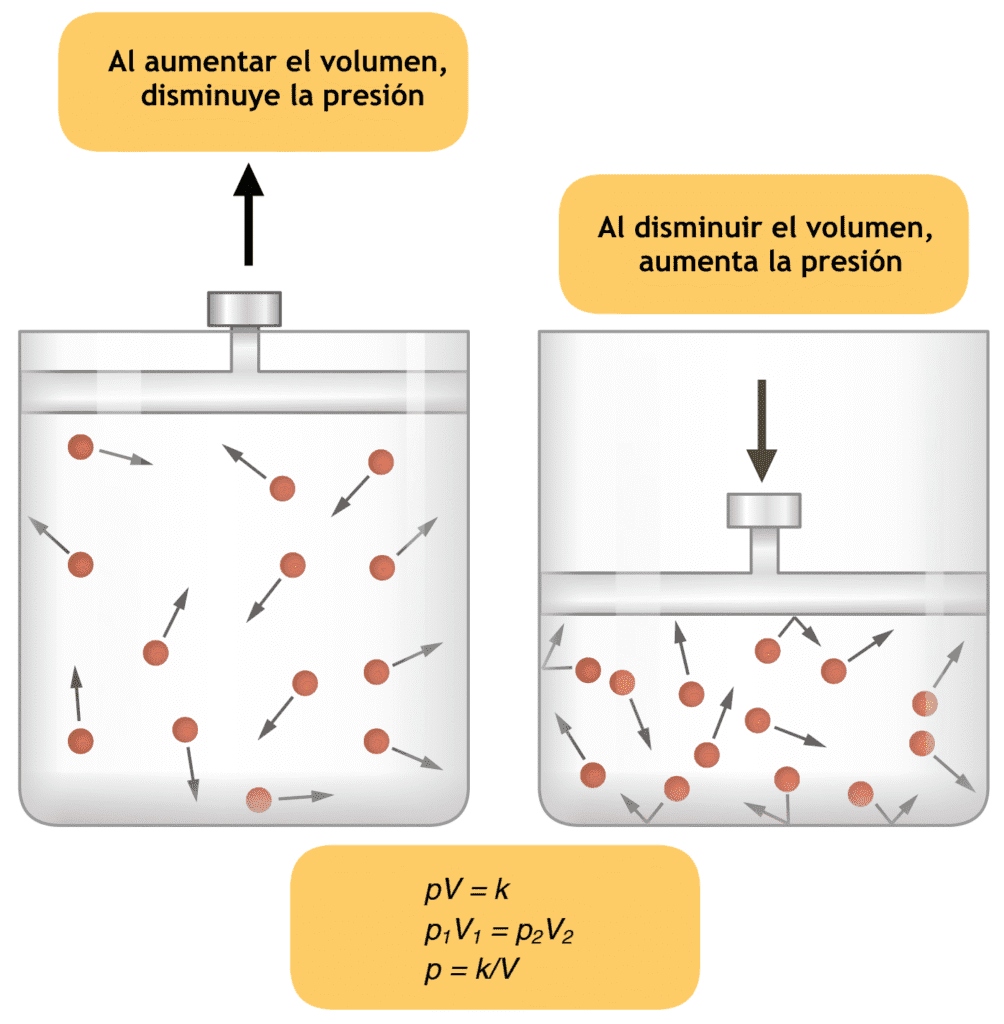Nasotracheal Intubation can be accomplished by special nasal tubes or by simple oral tubes. It is a specialized technique in which the Endotracheal tube is passed in to the larynx via the nose rather than the mouth.

A first the tube size is selected, which should be a size less than that used in the oral intubation. The side of the nose should be selected before hand and prepared appropriately by putting nasal vasoconstrictor drops, which will decrease the chances of any bleed from the nose during the Nasotracheal Intubation procedure.
The tube is passed along the floor of the nasal cavity, taking precaution not to injure the turbinates . During Nasotracheal Intubation bevel end of tube should be towards the septum to avoid trauma to inferior turbinate.
Once the tube is sufficiently inside, a laryngoscope is used to push the tube into the glottis under direst vision. If any difficulty is encountered for placing the tube in the glottis, a Maggil’s forceps can be used to accomplish the intubation.
Advantages of Nasotracheal Intubation over oral intubation:
i. Better fixation and therefore less chances of accidental extubation.
ii. No possibility of tube occlusion by biting.
iii. Better oral hygiene can be maintained.
iv. Oral feeding is possible.
v. Better tolerated by patient.
Disadvantages of Nasotracheal Intubation:
i. Increased chances of bleeding.
ii. Increased chances of bacteremia (sinusites, otitis, meningitis).
iii. Trauma to nasal structures,
iv. Nasal deformities on long term use.


Rather insufficient matter. I expected some kind of demonstration, or at least a description of the procedure, quite inadequate.